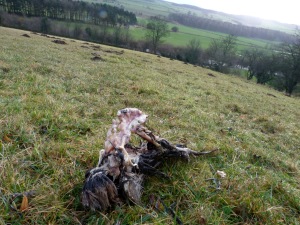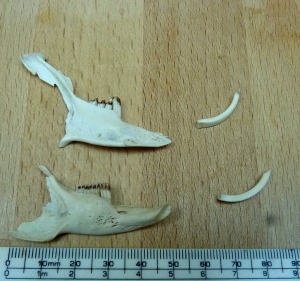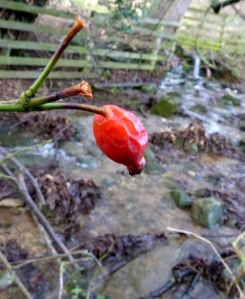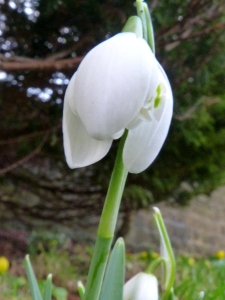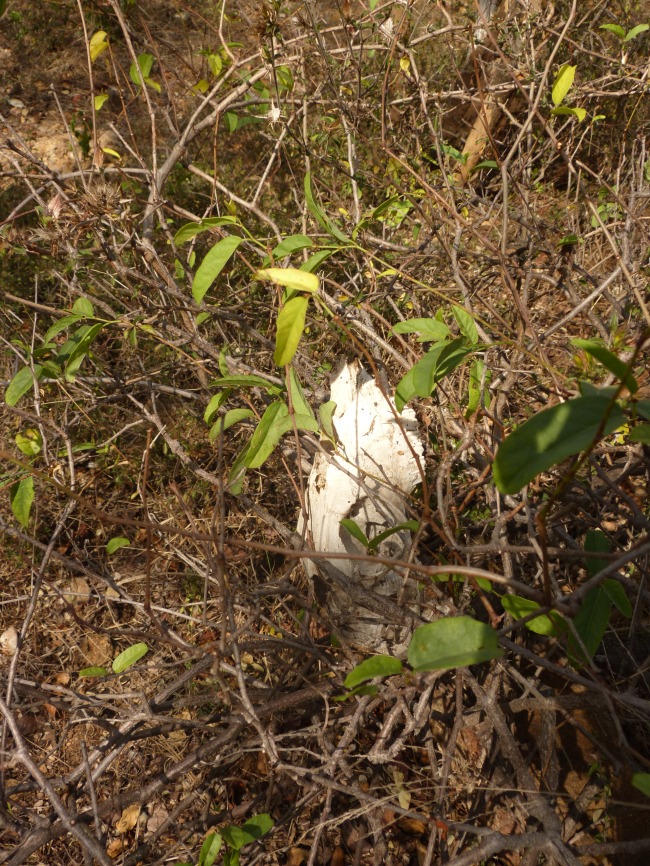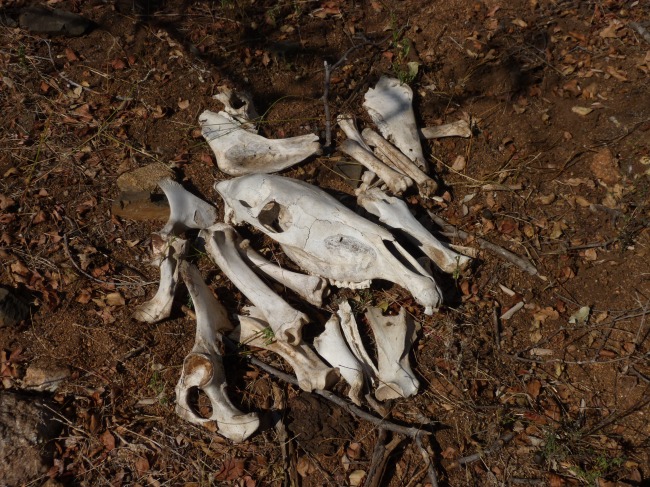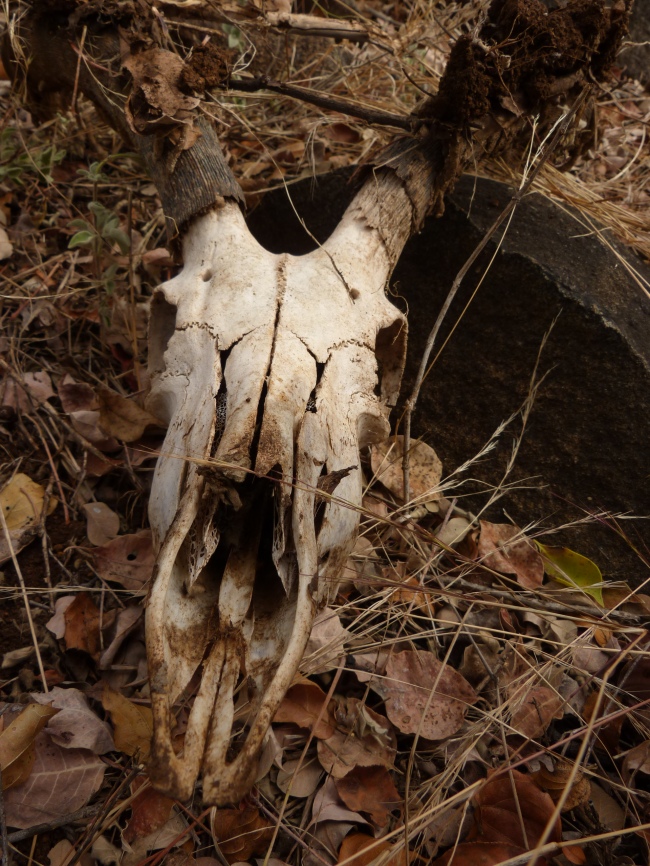Guest Blog Post – Melanie Gould
Hello, my name is Melanie Gould. I am a 13 year old animal skull and bone collector, and wildlife lover! I have been collecting for just under a year, and have 150 skulls, and quite a few full skeletons. My passion for osteology came from my love of the natural world. In this post I will talk about identifying your finds, and how bone collecting is a sustainable and ethical way to connect with nature when done responsibly.
I have found quite a few of my specimens when in the car with my parents, or when walking in the countryside looking for wildlife. From roads I have collected buzzards and owls, and from woodlands and fields, I have found badgers, foxes, and even piglets! You can learn an awful lot from the skeleton of an animal. You can tell how it hunted, what kind of animal it was, and even what caused it to die in many cases. However, sometimes bones can be confusing. I am now going to give you three simple tricks to tell bones and skulls apart!
A birds pelvis:
Left, Buzzard. Right, Barn owl
I have seen many people become confused when they find one of these, and it’s completely understandable, because they look nothing like what you would expect! This is the pelvis of a bird. A birds pelvis looks nothing like a mammal pelvis, which looks like this: (Insert picture two here). This is the pelvis of an old grey squirrel. A bird has one, solid pelvis, whilst a mammal has a four – part pelvis. When a mammal is born, it’s pelvis is in four parts. As it grows, the pelvis will fuse into two parts, and when the animal is old, like my grey squirrel, it is in one part.
A horn or an antler?
This is a really easy mistake to make. Deer have antlers, and animals like sheep and rhinos have horns. The difference? Antlers get shed once a year, and then they regrow a little bit bigger ready for the next year’s breeding season. Horns grow throughout the animals life. Antlers are made of bone, and horns are made of hard, compressed hair. Horns have a core made of bone, and that then it’s covered in a keratin sheath. The coloured covering on a birds beak is also made of a keratin sheath, and the puffin sheds his brightly coloured break sheath after the breeding season, and grows a plainer one. If you are lucky, you may find the shed antlers of stags when out walking!
Predator or prey?
From left to right: horse, lioness.
When you look at the skull of a predator from the front, you look into where it’s eyes would have been. When you look at the skull of a prey animal, you can’t look straight into it’s eye sockets. This is because predators have evolved to have eyes on the front of their heads, so they can judge distances accurately. Prey animals have evolved eyes on the sides of their heads, so they can see behind them, and spot any predators trying to eat them. Predators don’t need to be able to see behind them, because nothing is going to try and hunt them. This is an easy way to tell predators and prey apart. Another way to tell predators and prey apart is by looking at their teeth. Grazing animals will have broad and flat teeth for grinding up vegetation, whilst predators will have four canines to seize their prey, and sharp, pointed teeth for crunching through bones and flesh.
If we are responsible with how we collect bones and skulls, it is a great way to learn from nature. A skull from an animal or bird can tell you a story, and teach you about the living creature. Nature is an amazing thing, and every animal is unique, so every skull and bone is unique, just like the animal it came from. If you look hard enough, you will notice things all around you. From the feather of a buzzard, to a fox skull. Collecting animal skeletons is another way to appreciate the nature around us.
Thank you to Megan for letting me write this post!




































































